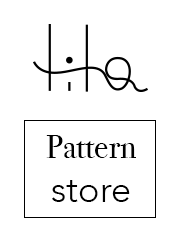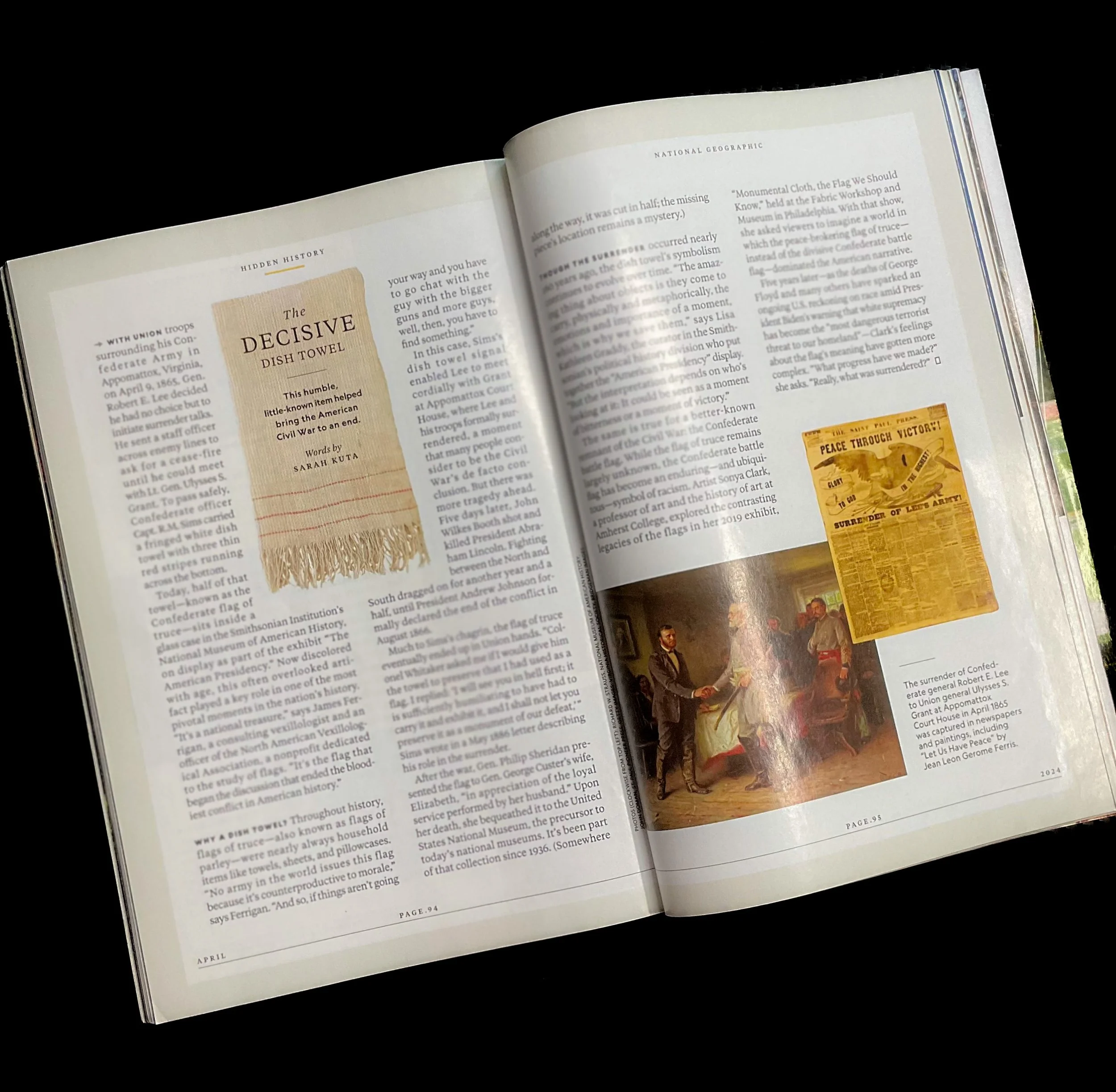Emotional components in a tea towel
March 30th, 2025
These past weeks have been so important and so overwhelming for my migration process. A lot going on in my partner's life, a lot going on in my own life. There's a kind of frustration that makes us vulnerable to fear, but there's part of that fear that also pushes us to fight back. Yes, we fight back circumstances that made us who we are and what we've become.
From a conversation held with my sister Ligia days ago, she wrote: "Yesterday, after that conversation where a mix of feelings were under our skins, I definitely conclude that my love is right when he says humans are bad since they were born. We live at the mercy of a putrid society [buried] to misery, with its frustrations and fears[...] Life is ephemeral... If you don't decide to be happy now, your life will last full of expectations and eternal hope in stupidity. Yesterday I sang without a song, it was you for my children and my love... And the laughter never stopped. The pillows protecting the ears was a sign of happiness for the four of us.
[...] There's not much to understand[!] It's just about how today you can be ok and tomorrow your life can change completely... You are my hero and you know it."
Life is certainly in constant change. Even when we don't notice it, it evolves! But there is a lot to do with what we put to it. That's why in Venezuela we say life is like an arepa,* it tastes like what you fill it with. You can fill it with trouble and it will taste like tiredness. You can fill it up with worries and it will taste so like. You can fill it with gratitude and it will taste recomforting. Lately, I have filled my life with a lot of colors and drawing sessions and it has tasted like creativity. I do feel more creative these days! And that has saved me from the discomfort and the solitude of migration.
The Decisive Dish Towel in National Geographic. Issue #4, vol. 245, 05/24
Last year, in one of the National Geographic issues, I read an article about how a dish towel became the flag of truce at the end of the civil war in the United States. Basically a household item helped to put an end to war when one of the captains (Sims) carried a piece of cloth with 3 red-thinned stripes running across it, and presented it to his General (Grant). The interesting part for me was to realize how things were connected in my life at that time. A couple months before, I had started a lettering course with Venezuelan designer Nubikita, and the final project was to design a phrase containing/related to food and have it printed in a sac à provisions. But because I love going against what is asked for final projects, I decided a tea towel was a better object to print my design on.
After a thorough navigation over internet, looking for Venezuelan phrases, I found La vida es como una arepa, sabe a lo que le untes, and I felt it was meant to be. First, it's a phrase that connects me with my roots. Second, it's meaningful and has a sense of belonging.
The development of this lettering took me about a month. While in the process and as I mentioned before, I decided to have it printed on a tea towel. A tea towel is a household item that sometimes can be confused with a dish towel... Or at least, it was confusing for me. In Spanish, we don't make much difference if it is for tea or for dishes, it is simply a towel: pañito de cocina. Unlike dish towels which are made of terry cloth and are aimed to be used for cleaning up and drying hands, tea towels are made out of woven cotton or linen and they are used for polishing tableware. Thus the towels I got printed are typically tea towels because of their 32% content of linen and 68% of cotton. This means that if you purchase it right here, you can use it for polishing your silverware, and also for drying your hands after doing the dishes. Or is it only in my home where we use pañitos de cocina for both?
To conclude…
Once I heard over Instagram a graphic designer saying that designers mustn't connect with their designs because each one has a different ADN and are done for the client and their business consumer but not for themselves. I totally disagreed with that idea since each design we create has our drawing style, color perception, and experience behind it; of course, under a client briefing. Also, when I re-read the article in National Geographic to write this entry, I connected with Lisa K. Graddy's ideas on how objects carry physical and emotional attachments, and that being the reason we save them. Donald Normam also talks about it in his book Emotional Design, when he says that there's a strong emotional component to how products are designed. Unconsciously, designers can also connect with the things they create and I was not far from feeling that way with the tea towel. The design process was about discovering how intrinsically what we grow with never disappears, but evolves into our refuge in times of migration. It's like a safe place where nobody can take us away from: the colors of Venezuelan flag, the remembrance of Harina P.A.N packaging,** flavors hidden under the texture of an avocado, cheese and butter... Oh mine! Now my mouth is watering.
*Arepa: rounded corn meal kind of bread similar to an English muffin, filled with ANYTHING.
** Harina P.A.N: Venezuelan pre-cooked corn meal.
Finished on April 24th, 2025
Revised and re-edited on May 23rd, 2025


